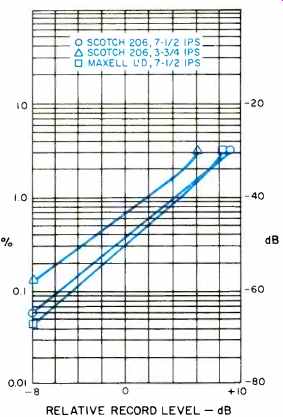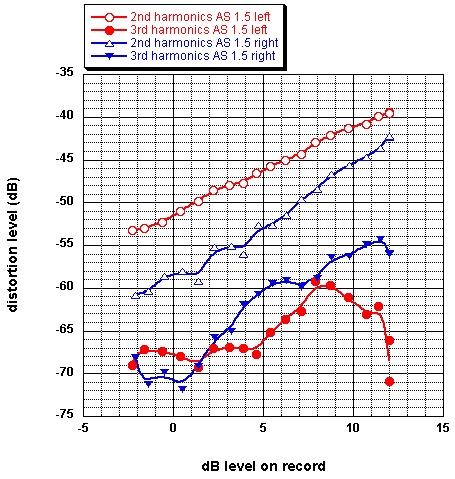You probably also tried to defend the Wavac measurements. Face it, sometimes stuff sucks.
The bigger issue is this is a 400W SS monoblock that is "designed" to drive tough speakers - why on earth would that be satisfactory looking at these measurements. it will become a completely voiced sound, which is exactly what JA conveys.
KeithR said:
Our own DDK has said the Wavac sounds as it measures. And I don't agree with you that spewing loads of 2nd harmonic can entirely be masked (nor does JA based on his comments in that review either) - and that's based on my personal in-house experience on a 101db speaker.
KeithR said:
Exactly - for a 93k amp that people on this forum would automatically assume can work on any speaker.
Hello Keith,
I’ve been reading and pondering your comments and wonder if you can perhaps clarify your position.
Are you objecting to the measured performance of the Hyperion; or, the fact that MF preferred it in spite of JA’s measurements; or, that its measurements seem to suggest a deficiency of performance relative to its price; or, that it has a “completely voiced sound”?
I ask because both pairs of Zu’s that were measured by Stereophile according to JA had “awful... cumulative spectral-decay (and) waterfall plot(s)”, “the drive-unit (of the Essence) is in breakup at and above 2kHz, with a large suckout evident in the presence region” and the Essence's anechoic frequency response looked like this:

Though the Zu’s are certainly lower in price to the Hyperion, among other speakers of a similar price bracket (or less) it measures rather poorly in comparison. If it’s possible Zu Audio owner's subjective enjoyment of them is not hampered by their objectively poor performance, wouldn’t it also be possible that MF could also derive significant subjective enjoyment from the Hyperion despite their objective performance?
After all, in conclusion, JA stated thus: “I suspect that Zu's designer has carefully balanced the individual aspects of the Essence's design so that the musical result is greater than the sum of its often disappointingly-measuring parts.”
Perhaps to a degree that’s true that all gear, irrespective of whether it retails for $15,000, or in the case of the Wavac, 10 x that price.
Best,
853guy


















